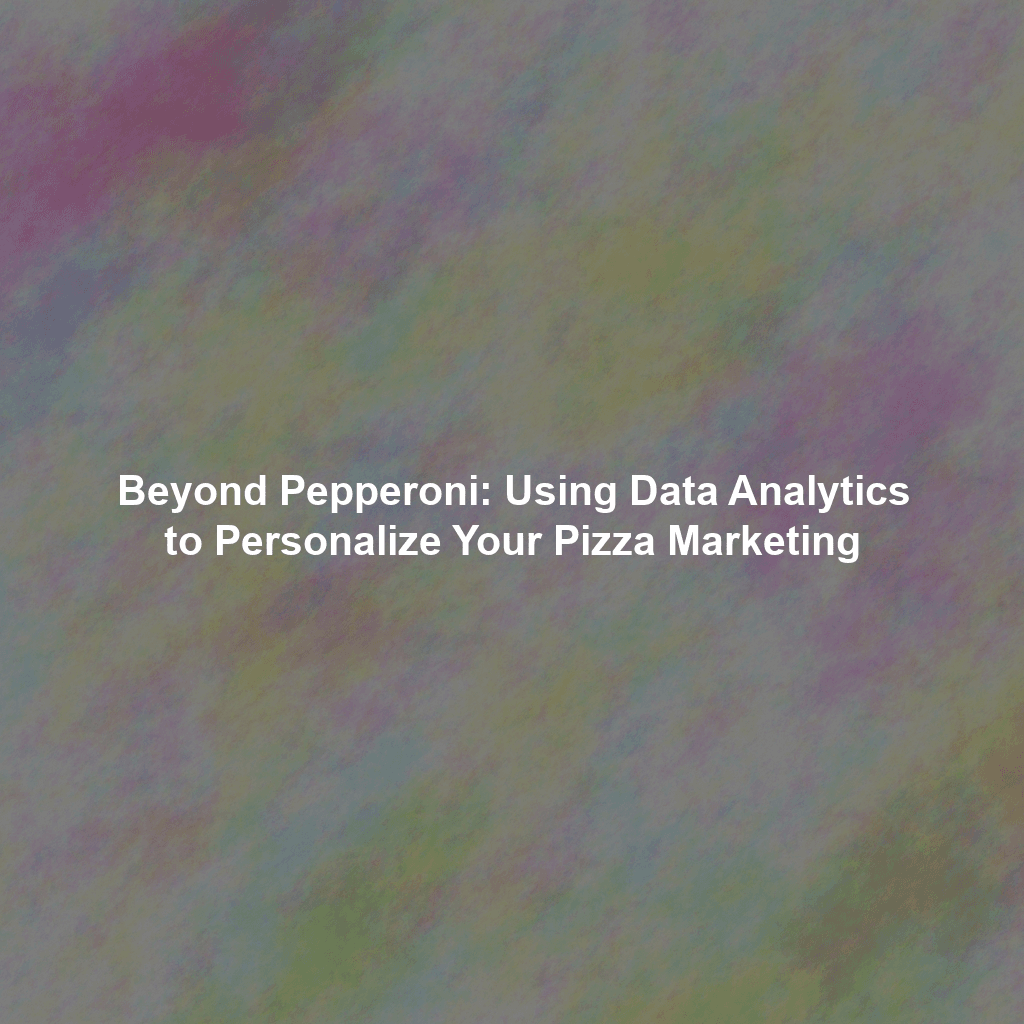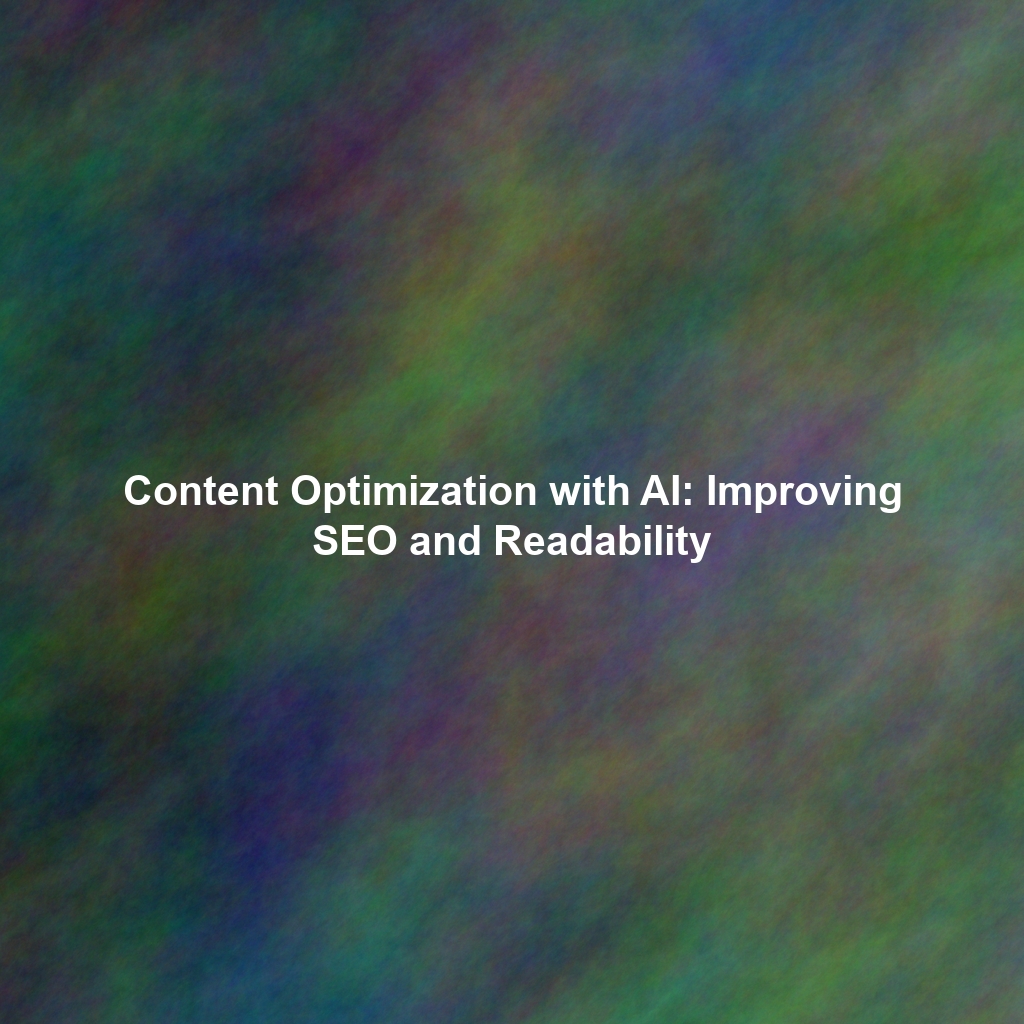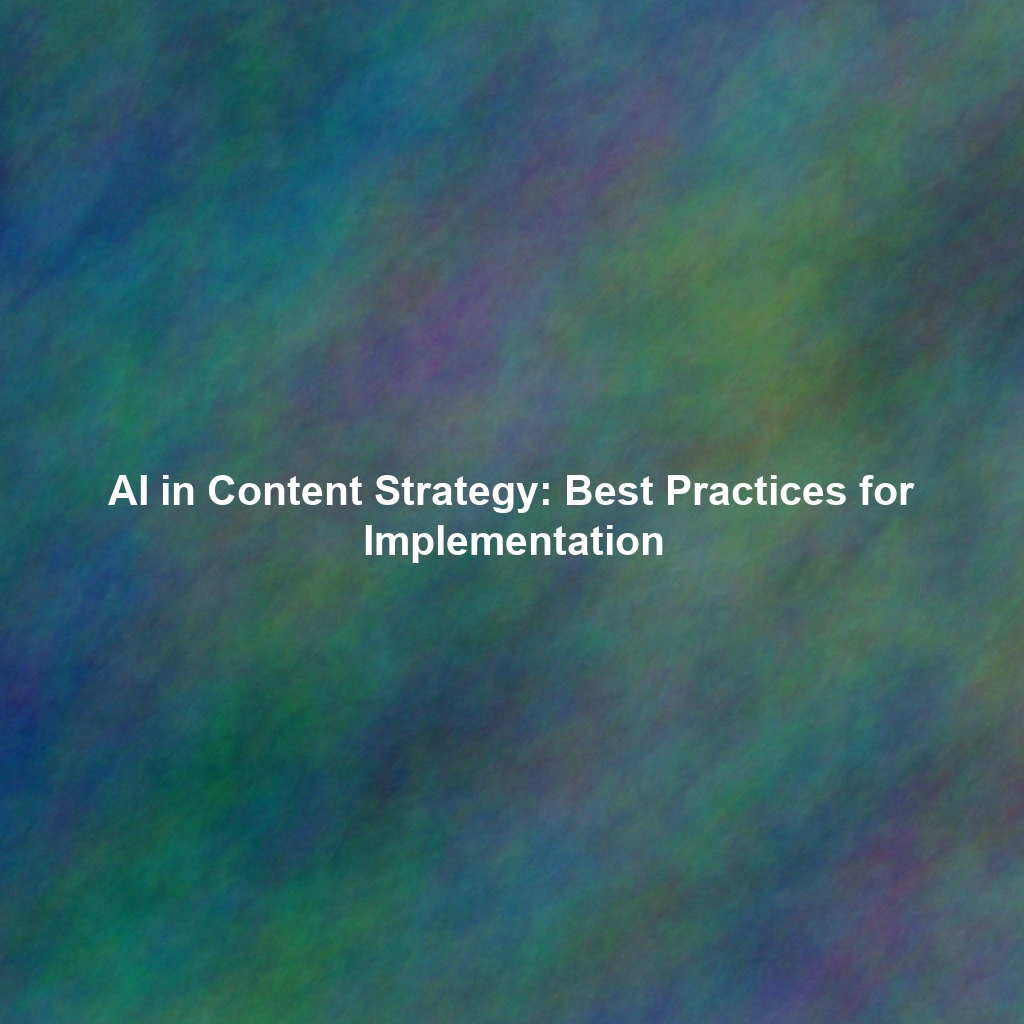In the ever-competitive, often cut-throat, pizza industry, simply offering a delicious product isn’t enough to secure market dominance or even sustained growth. The landscape is saturated, and consumer expectations are sky-high. To truly stand out, capture market share, and cultivate unwavering customer loyalty, you need to understand your audience on a far deeper, more granular level than ever before. This is precisely where the strategic power of data analytics enters the fray.
Gone are the days of relying on broad, untargeted marketing blasts – the equivalent of throwing dough at a wall and hoping some sticks. That approach is inefficient and yields diminishing returns. By leveraging the immense power of data, you can meticulously personalize your pizza marketing efforts, crafting more relevant, resonant, and engaging experiences that not only drive immediate sales but also forge lasting, profitable customer relationships. It’s about moving from mass appeal to individual connection, at scale.
CRITICAL INSIGHT:
In a commoditized market, personalization is the new differentiation. It transforms a transactional purchase into a tailored experience, directly impacting customer lifetime value.
Why Personalization Matters in the Pizza Business: Beyond Just Toppings
Think about it: everyone has their unique pizza preferences, their specific cravings, their go-to order. Some customers crave the classic, comforting simplicity of pepperoni and extra cheese, while others are perpetually seeking gourmet toppings, exotic flavor combinations, or specialty crusts. By meticulously personalizing your marketing communications and offers, you can directly cater to these individual tastes and preferences, significantly increasing the likelihood that customers will choose your pizza over the ever-present competition.
This isn’t just about making customers feel special; it’s about driving measurable business outcomes. Personalization offers a multitude of strategic benefits, including:
- Increased Customer Engagement: When offers and messaging are precisely relevant to an individual’s past behavior or stated preferences, they cut through the noise and capture attention, leading to higher open rates, click-throughs, and interactions.
- Higher Conversion Rates: Directly targeting customers with their preferred pizza types, toppings, or meal deals based on their history dramatically increases the probability of them placing an order. It’s about reducing friction in the buying journey.
- Improved Customer Loyalty and Retention: Personalized experiences make customers feel genuinely valued and appreciated, fostering a deeper connection with your brand. This translates into repeat business and higher customer lifetime value.
- Better ROI on Marketing Spend: Focused, data-driven campaigns are inherently more efficient and effective than scattershot approaches. You’re spending your marketing dollars on the right message, delivered to the right person, at the right time.
- Enhanced Brand Perception: A brand that understands and anticipates its customers’ needs is perceived as modern, customer-centric, and intelligent – a significant competitive advantage.
Unlocking the Power of Pizza Data: Key Strategic Sources
The good news for most pizza businesses is that you likely already possess access to a wealth of valuable data about your customers. The critical challenge, however, lies in knowing precisely where to look, how to extract actionable insights, and most importantly, how to ethically leverage this information. Here are some essential data sources, often overlooked or underutilized:
Online Ordering Platforms: Your Digital Goldmine
Your online ordering system isn’t just a transaction portal; it’s a veritable goldmine of customer intelligence. Every click, every selection, every completed order leaves a digital footprint. Track what pizzas customers order most often, their preferred toppings (are they a double-pepperoni purist or a veggie enthusiast?), frequently ordered sides, and crucial order frequency patterns. Analyze order times to identify peak hours for specific customer segments, allowing you to optimize staffing and ingredient prep. Furthermore, don’t ignore abandoned cart data – this is a prime opportunity to trigger targeted reminders or compelling offers to re-engage potential lost sales.
Customer Loyalty Programs: The Heartbeat of Retention
Loyalty programs, when designed effectively, provide rich, longitudinal insights into customer behavior and value. Track points earned, rewards redeemed, and the comprehensive purchase history of your most loyal patrons. This data is invaluable for creating highly personalized offers, recognizing and rewarding your most valuable customers with exclusive deals, and even identifying those at risk of churn before they stop ordering. It’s about nurturing your existing customer base, which is often more cost-effective than acquiring new ones.
Social Media Insights: Listening to the Digital Conversation
Social media platforms offer a treasure trove of demographic and interest data, often freely available through their analytics tools. Analyze engagement metrics (likes, shares, comments) to understand what content truly resonates with your audience. Run interactive polls and contests to directly gather feedback on new menu items, preferred promotions, or even desired delivery options. Critically, monitor brand mentions to identify customer sentiment, address any concerns swiftly, and even discover new advocates for your brand. This provides a qualitative layer to your quantitative data.
Email Marketing Data: The Direct Line to Your Customer
Your email marketing platform provides direct feedback on your messaging effectiveness. Track email open rates, click-through rates, and ultimately, conversions. This data reveals what subject lines grab attention, what offers compel action, and what content truly engages your subscribers. Segment your email list rigorously based on customer preferences, past purchases, and demographics to deliver highly targeted content – moving beyond generic newsletters to personalized communications that feel like they were written just for them.
In-Store Data (with Ethical Considerations): Bridging the Digital-Physical Divide
While more challenging to collect directly and requiring careful planning, in-store interactions can provide invaluable data points. Consider implementing a modern Point-of-Sale (POS) system that seamlessly tracks order history and customer preferences, ideally linked to your loyalty program. This, of course, must be done with explicit customer consent and robust, clearly communicated privacy policies. Gathering physical feedback forms or conducting brief in-store surveys can also provide qualitative insights into customer experiences and preferences that might not be captured digitally. *Note: Always prioritize ethical data collection, absolute transparency, and ensure strict compliance with all relevant privacy regulations like GDPR and CCPA. Trust is your most valuable asset.*
Segmenting Your Audience: Slicing the Pizza Data for Precision Targeting
Once you’ve diligently gathered your diverse data streams, the next strategic step is to segment your audience. This involves dividing your customer base into distinct, manageable groups based on shared characteristics, behaviors, or preferences. This segmentation is the foundation for truly effective personalization. Here are a few powerful segmentation strategies:
- Demographic Segmentation: The basics – age, gender, location, income level. For instance, targeting college students in a specific zip code with late-night deals, or families in suburban areas with value meal offers.
- Behavioral Segmentation: This is where the real power lies. Segment based on purchase history (e.g., frequent pepperoni buyers), order frequency (e.g., weekly regulars vs. occasional treaters), preferred toppings, average order value, or even order channel (online vs. in-store).
- Psychographic Segmentation: Delve into lifestyle, interests, values, and attitudes. While harder to quantify directly, insights gleaned from social media interactions, survey responses, or even loyalty program preferences can inform these segments (e.g., health-conscious eaters, gourmet foodies).
For example, you might create a highly specific segment of “Family Meal Deal Seekers” targeting households with young children based on their location and consistent order history of larger, value-oriented meal packages. Or, you could identify a “Late-Night Snackers” segment based on their consistent order times (after 10 PM) and their preference for specific indulgent toppings or sides. This level of granularity allows for truly precise marketing.
Tailoring Your Messaging: The Art of the Perfect Slice, Delivered
With your audience segments meticulously defined, you can now strategically tailor your marketing messages to resonate deeply with each specific group. This isn’t just about changing a name; it’s about crafting the entire narrative and offer to align with their known preferences and behaviors. Here are some actionable personalization tactics:
- Hyper-Personalized Email Campaigns: Go beyond just using customer names. Incorporate their preferred toppings, past order history, or even recent browsing behavior to create customized email offers. “Hey [Customer Name], we noticed you haven’t ordered your favorite [Pizza Type] in a while! Here’s 15% off to get your craving satisfied!”
- Targeted Social Media Ads: Leverage platform capabilities to show ads featuring relevant pizza toppings, new menu items, or specific deals to demographic and interest groups identified in your segmentation. If a segment loves spicy food, show them your new jalapeño popper pizza.
- Dynamic Website Content: Implement technology that allows your website to display different content based on a user’s location, browsing history, or past purchases. A returning customer might see their “last ordered” item prominently displayed, or different promotions based on their segment.
- Loyalty Program Rewards: Move beyond generic points. Offer bonus points or exclusive discounts specifically on customers’ favorite pizzas or sides. Celebrate their “pizza-versary” with a free topping on their usual order.
- SMS Marketing (with Consent): For immediate impact, send personalized SMS messages with flash deals on their preferred items, or reminders about abandoned carts. “Your Hawaiian pizza is waiting! Complete your order for 10% off.”
Instead of sending a generic email blast announcing a new special, imagine sending one that reads: “Hey [Customer Name], We noticed you absolutely love our classic pepperoni pizza! This week only, get 20% off your next large pepperoni to satisfy that craving!” This level of relevance is what drives action.
Optimizing for Maximum Impact: The Secret Ingredient is Iteration
Personalization is not a one-time setup; it’s an ongoing, iterative process. To ensure maximum impact and continuous improvement, you must continuously monitor your marketing campaign performance and be prepared to make agile adjustments based on the incoming data. This means more than just glancing at dashboards.
Rigorous A/B testing is your best friend here. Test different messaging, varying offers, different calls-to-action, and even different times of day to see what truly resonates best with each specific customer segment. Use advanced data analytics tools to identify subtle trends, uncover new opportunities for improvement, and refine your personalization strategies. This continuous feedback loop ensures your marketing efforts remain sharp, relevant, and highly effective.
Ethical Considerations: Respecting Customer Privacy as a Foundation of Trust
In the pursuit of data-driven personalization, the ethical handling of customer data is not merely important; it is paramount. Building and maintaining customer trust is essential for long-term success, and any misstep in data privacy can have severe reputational and financial consequences. Always be unequivocally transparent about how you collect, store, and utilize customer data. Obtain explicit consent before collecting any sensitive or personally identifiable information.
Furthermore, ensure strict compliance with all relevant privacy regulations, such as GDPR (General Data Protection Regulation) in Europe, CCPA (California Consumer Privacy Act) in the US, and any other local or regional data protection laws. Provide customers with clear, easy-to-understand options to opt-out of data collection and personalized marketing communications. A brand that respects privacy is a brand that earns loyalty.
Conclusion: A Data-Driven Pizza Future is Here
Personalizing your pizza marketing efforts through the intelligent application of data analytics is no longer a luxury or a futuristic concept—it’s a fundamental necessity for any business aiming to thrive in today’s competitive landscape. By understanding your customers on a deeper, more nuanced level and meticulously tailoring your messaging to their individual preferences, you can unlock unparalleled levels of engagement, significantly drive sales volume, and build the kind of lasting customer loyalty that fuels sustainable growth.
So, it’s time to ditch the generic marketing blasts and embrace the transformative power of data. Craft a pizza experience that truly resonates with your audience, one personalized slice at a time. Your customers (and your bottom line) will undoubtedly thank you for it. This isn’t just about selling more pizza; it’s about building a smarter, more responsive, and ultimately more profitable business model.
 Skip to content
Skip to content

